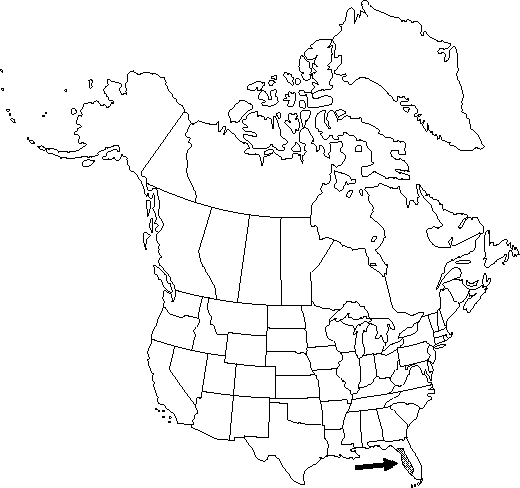Rhizomes branched or unbranched, erect, ovoid to cylindric; stolons absent. Leaves: petiole glabrous. Leaf-blade abaxially and adaxially green, sometimes with darker flecks, elliptic, 8-25 × 7-19 cm, margins entire; venation conspicuously weblike centrally with cross-veins between major veins, principal veins 11-17; surfaces glabrous. Flowers floating, 7-15 cm diam., opening and closing nocturnally, sepals, petals, and outer stamens in distinct whorls of 4; sepals uniformly green, obscurely veined, lines of insertion on receptacle not prominent; petals 12, 16, or 20, outer greenish at least abaxially, inner creamy white; stamens 35-85, creamy white, connective appendage projecting to 1 mm, rarely more, beyond anther; filaments widest below middle, longer than anthers; pistil 19-33-locular, appendages at margin of stigmatic disk slightly club-shaped, 3-7 (-9) mm. Seeds nearly globose, 0.5-0.8 × 0.45-0.7 mm, 1.1-1.2 times as long as broad, with scattered papillae 10-50 µm. 2n = 28.
Phenology: Flowering late summer–fall.
Habitat: Shallow water of mostly temporary ponds or ditches
Elevation: 0-100 m
Distribution

Native, Fla., Mexico, Central America, South America
Discussion
All material of the predominantly neotropical Nymphaea subg. Hydrocallis in the flora is referable to this taxon. D. B. Ward (1977b) and others listed N. blanda G. Meyer [= N. glandulifera Rodschied], a Central and South American taxon, for Florida.
Selected References
None.